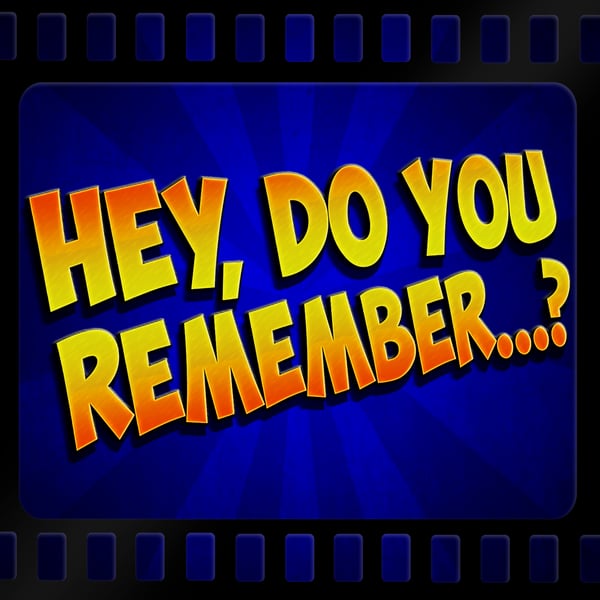The Dark Crystal
Hey, Do You Remember...?
Christopher Schrader
4.8 • 676 Ratings
🗓️ 10 May 2019
⏱️ 74 minutes
🧾️ Download transcript
Summary

We've been getting requests for this one ever since we covered Labyrinth five years ago. As you're about to discover, there's a pretty surprising reason it took this long. Nevertheless, the time has come to do a deep dive on one of Jim Henson's proudest (and most polarizing) achievements.
Topics include: why it was so important to conceptualize this world before developing the story, how a metaphysical being named Seth influenced the film's themes, what makes the dark crystal "dark", the numerous changes they made for the theatrical cut after a disastrous test screening, all the ways in which the lore has been expanded upon in other media, and much more!
Check it out! You can now get HDYR merch exclusively through TeePublic!
Patreon / iTunes / Stitcher / RSS / Facebook / Twitter / Instagram
Transcript
Click on a timestamp to play from that location
| 0:00.0 | Hey, do you remember the dark crystal? |
| 0:07.0 | Hello and welcome to Hey, do you remember? Hey Do You Remember, a show where we reminisce about a movie or TV series we grew up with, then take off the rose tinted glasses to see how it holds up. |
| 0:31.7 | I'm Chris. |
| 0:32.4 | I'm Donna. |
| 0:33.2 | I'm Carlos. |
| 0:33.8 | And today we're revisiting the Dark Crystal. |
| 0:53.1 | Thank you. I'm Carlos. And today we're revisiting the Dark Crystal. Usually, the concept art for a film is generated based on a script or, at the very least, a premise. |
| 0:59.3 | But in the case of the dark crystal, it was actually the other way around. |
| 1:03.4 | The project's long and arduous journey to the big screen began in 1976, when Jim Henson was flipping through a book called Once Upon a Time, which profiled |
| 1:12.2 | 15 artists who focused primarily on the realm of fantasy. And there was one artist in particular |
| 1:17.4 | that caught Henson's attention, Brian Froud. When a compendium of his artwork, The Land of |
| 1:23.1 | Froud, was published the following year, Henson didn't just see paintings and illustrations |
| 1:27.2 | that seemed |
| 1:27.8 | complementary to the type of characters he was known for creating. He saw a fully realized world |
| 1:32.8 | that he wanted to translate into live action. The two creators struck a deal to develop a feature |
| 1:37.9 | film together, and their first step was pages and pages and pages of concept art. Character |
| 1:43.9 | designs, costumes, landscapes, Henson felt that the more |
| 1:47.7 | he understood about this universe, the more the story that wanted to be told would reveal itself. |
| 1:53.0 | That story would later be derided in some circles for being a somewhat derivative and |
| 1:57.3 | uninspired version of more notable works in the fantasy genre, specifically J.R.R. Tolkien. |
| 2:03.2 | But that's not really what Henson was pulling from at all. According to him and some of his |
| 2:07.5 | key collaborators on this film, the main source of inspiration for the Dark Crystal's narrative |
... |
Please login to see the full transcript.
Disclaimer: The podcast and artwork embedded on this page are from Christopher Schrader, and are the property of its owner and not affiliated with or endorsed by Tapesearch.
Generated transcripts are the property of Christopher Schrader and are distributed freely under the Fair Use doctrine. Transcripts generated by Tapesearch are not guaranteed to be accurate.
Copyright © Tapesearch 2025.

